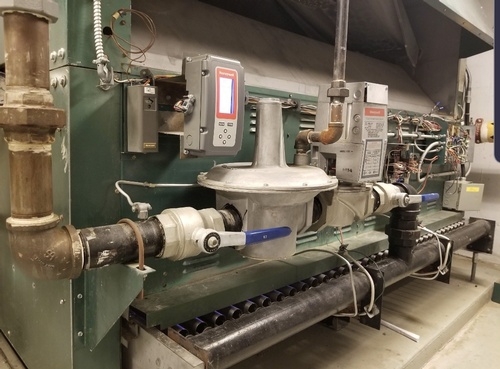It’s that time of year again when the clocks fall back and so does the temperature outside. There are a number of items that should be inspected when the building is being changed over from cooling to heating. The main heating and cooling components such as chillers/cooling towers and heating boilers should all be winterized and started up by a qualified professional. The main components in a lot of cases get the majority of the focus. There are some minor components that typically get missed this time of year that should be addressed.
Common areas
Common area thermostats located in locker rooms, garbage rooms, social activity rooms etc. should all set to heat mode. Circulating pumps that provide heat to bare element style heaters and fan-forced hydronic heaters should also be turned on for the winter. Electric heaters located in entrance doorways and stairwells should also be turned on and ready to go.
One common area component that gets overlooked is the ramp heating. The entrance ramps in a lot of condominiums are heated by electrical cables under the asphalt or with hydronic piping filled with glycol. Make sure the systems are ready to go as they are not top of mind when the building changeovers are carried out. The first snowfall usually generates a service request to get the ramp heating turned on for the season.
Hose bibs
Hopefully you remember to shut off any hose bibs that will be exposed to the elements during the cold weather. When the water supply has been isolated and drained remember to keep the drain valve open. If the shut off valve is not bubble tight (no water passing) water can fill the line back up over time and freeze the pipe. Ensuring the drain valve remains open will hep protect against that.
Glycol systems
If you’re not already doing this you should make sure the glycol strength in your system, if applicable, has sufficient protection from freezing. Whether it’s a report from your water treatment provider or testing it yourself with a refractometer the proper glycol strength with help protect against freezing coils.
Cooling coils
Cooling coils located in various make up air units in some cases will need to be drained for the winter. Depending on the coil configuration nitrogen may be required to remove any water left inside the coil.
This is also a good time to test the low ambient controls or freeze protection devises.
Moving forward try and make a note of the items you need to winterize, this will cut down on the amount of time spent next season as well as assist you with the changeover form heating to cooling.


